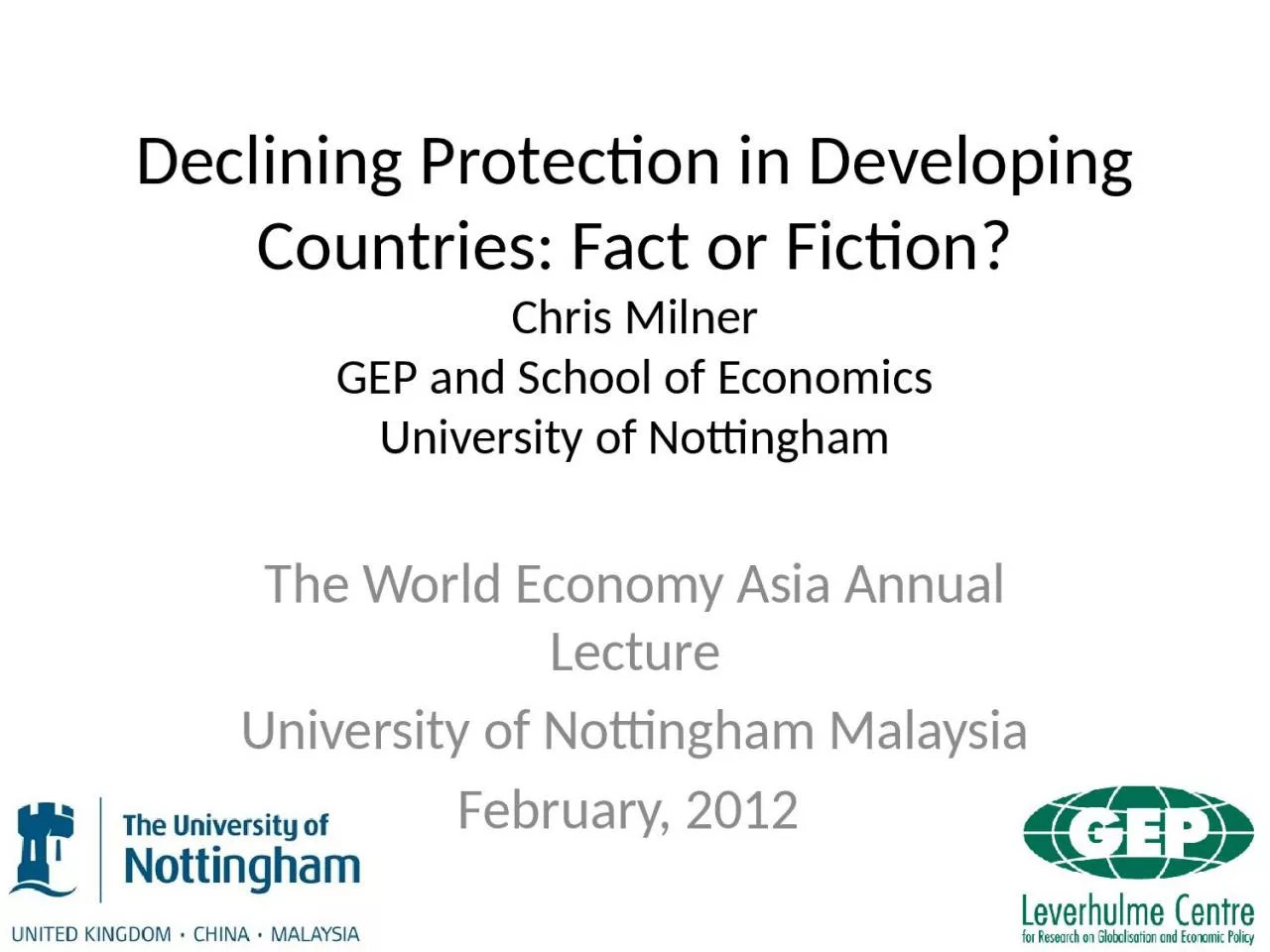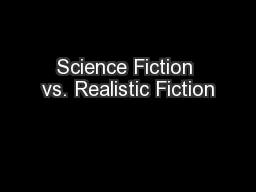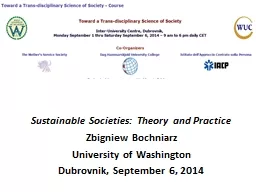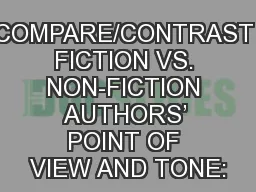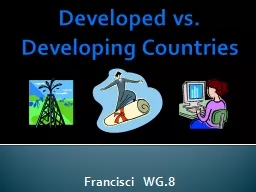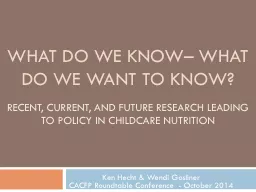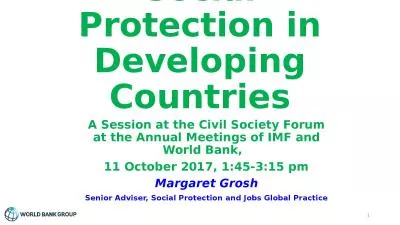PPT-Declining Protection in Developing Countries: Fact or Fiction?
Author : smith | Published Date : 2023-10-31
Chris Milner GEP and School of Economics University of Nottingham The World Economy Asia Annual Lecture University of Nottingham M alaysia February 2012 Context
Presentation Embed Code
Download Presentation
Download Presentation The PPT/PDF document "Declining Protection in Developing Count..." is the property of its rightful owner. Permission is granted to download and print the materials on this website for personal, non-commercial use only, and to display it on your personal computer provided you do not modify the materials and that you retain all copyright notices contained in the materials. By downloading content from our website, you accept the terms of this agreement.
Declining Protection in Developing Countries: Fact or Fiction?: Transcript
Download Rules Of Document
"Declining Protection in Developing Countries: Fact or Fiction?"The content belongs to its owner. You may download and print it for personal use, without modification, and keep all copyright notices. By downloading, you agree to these terms.
Related Documents

